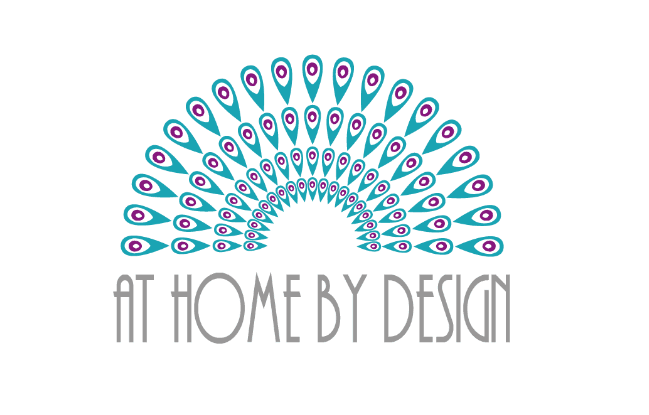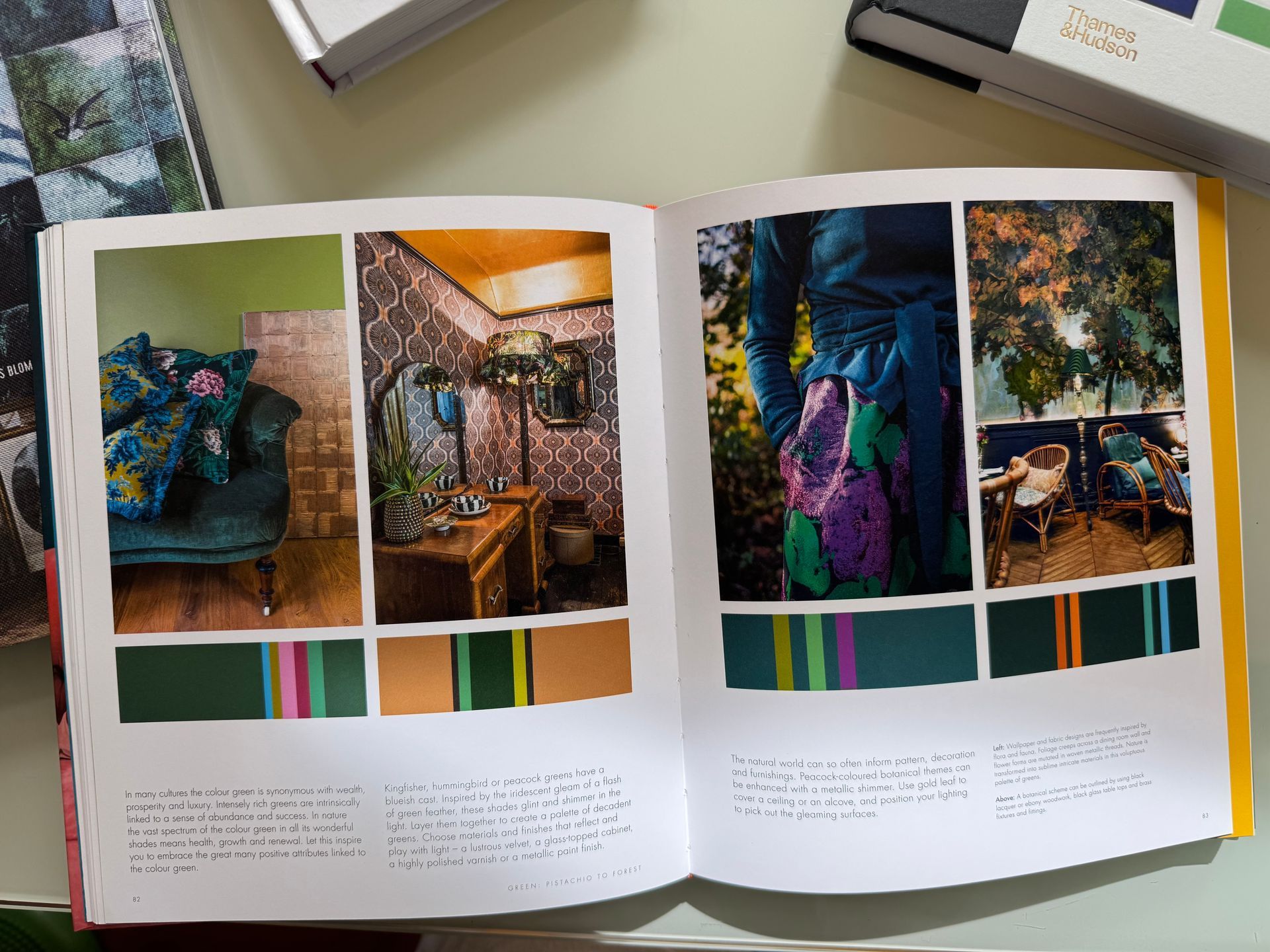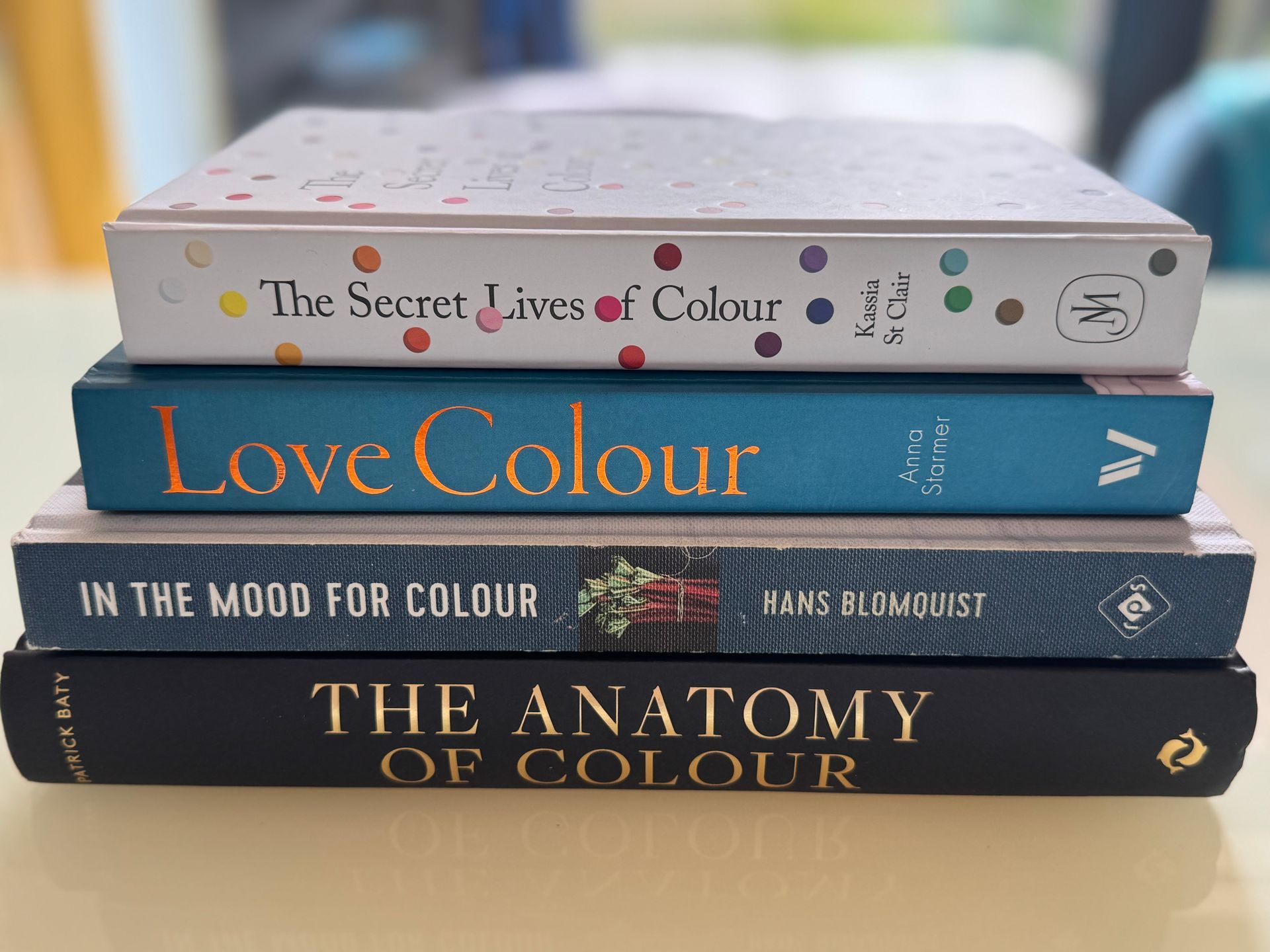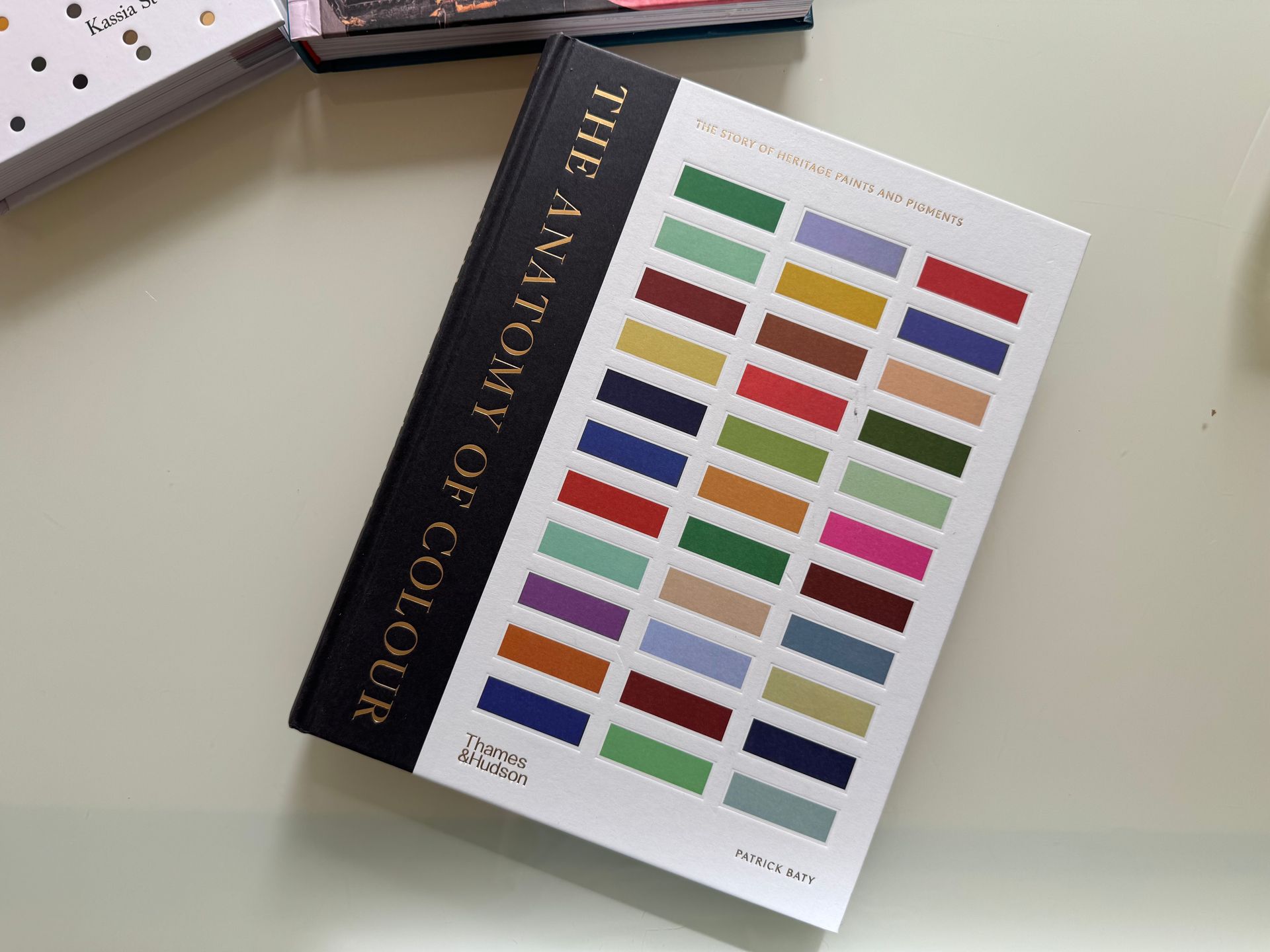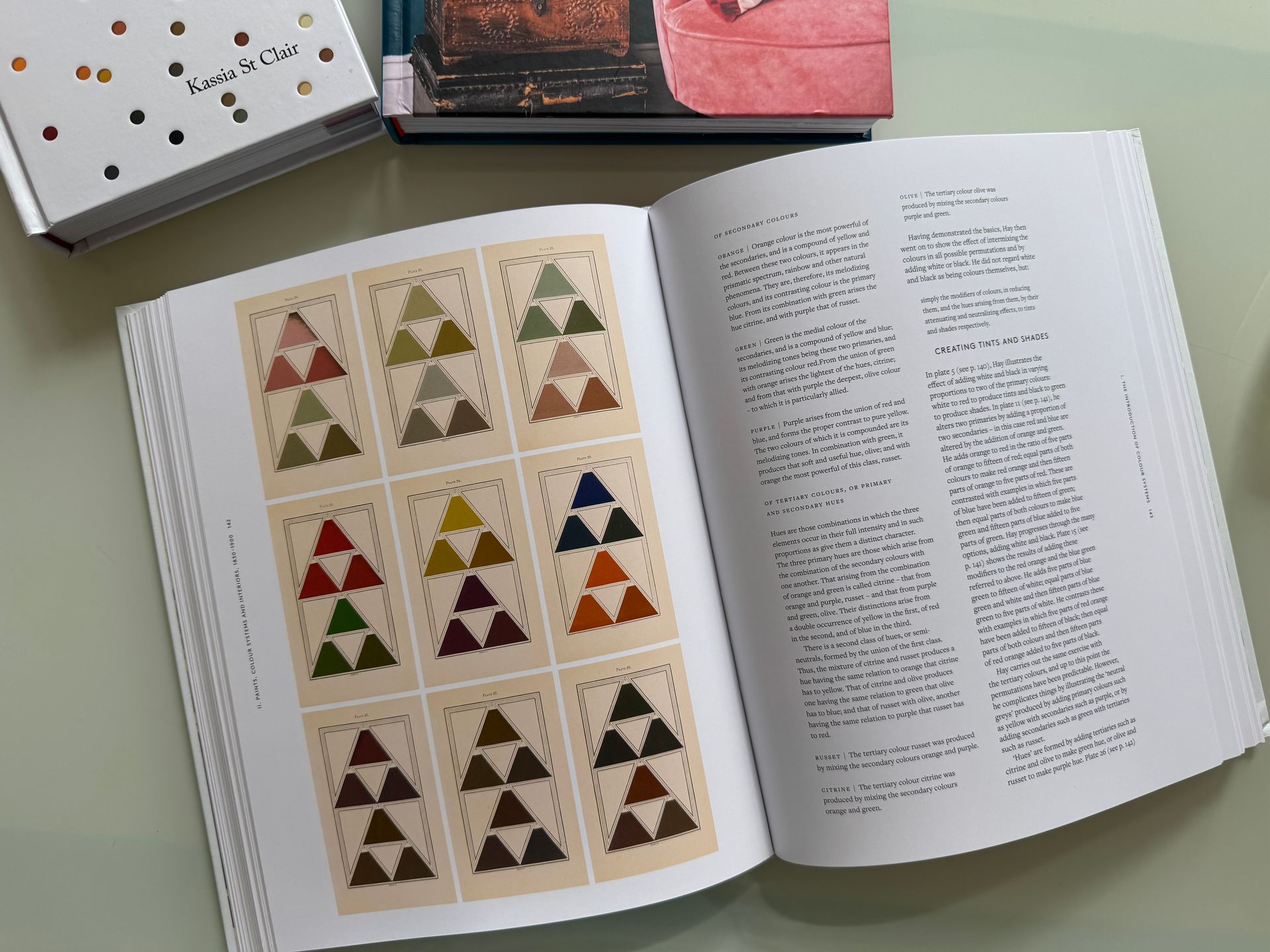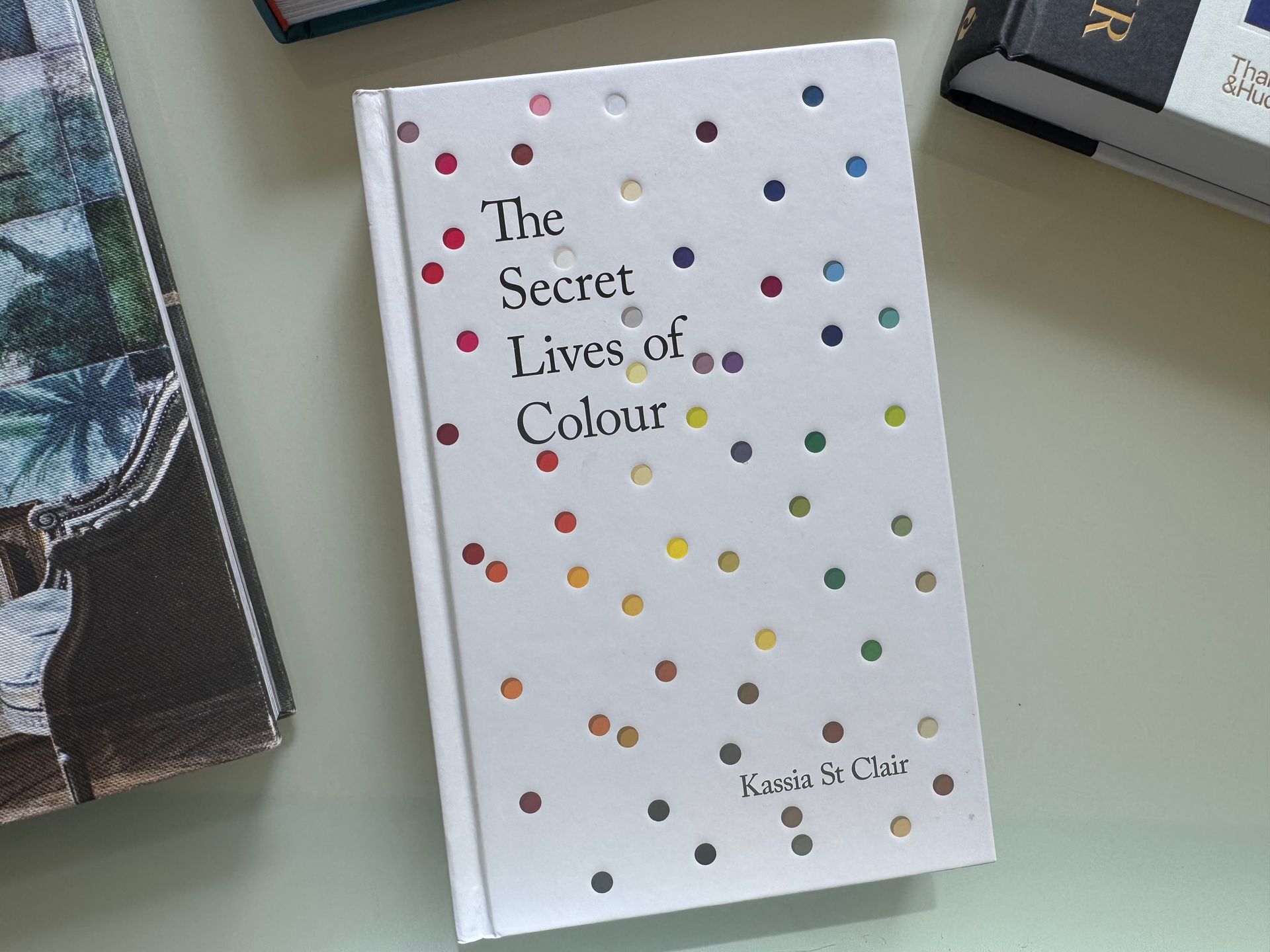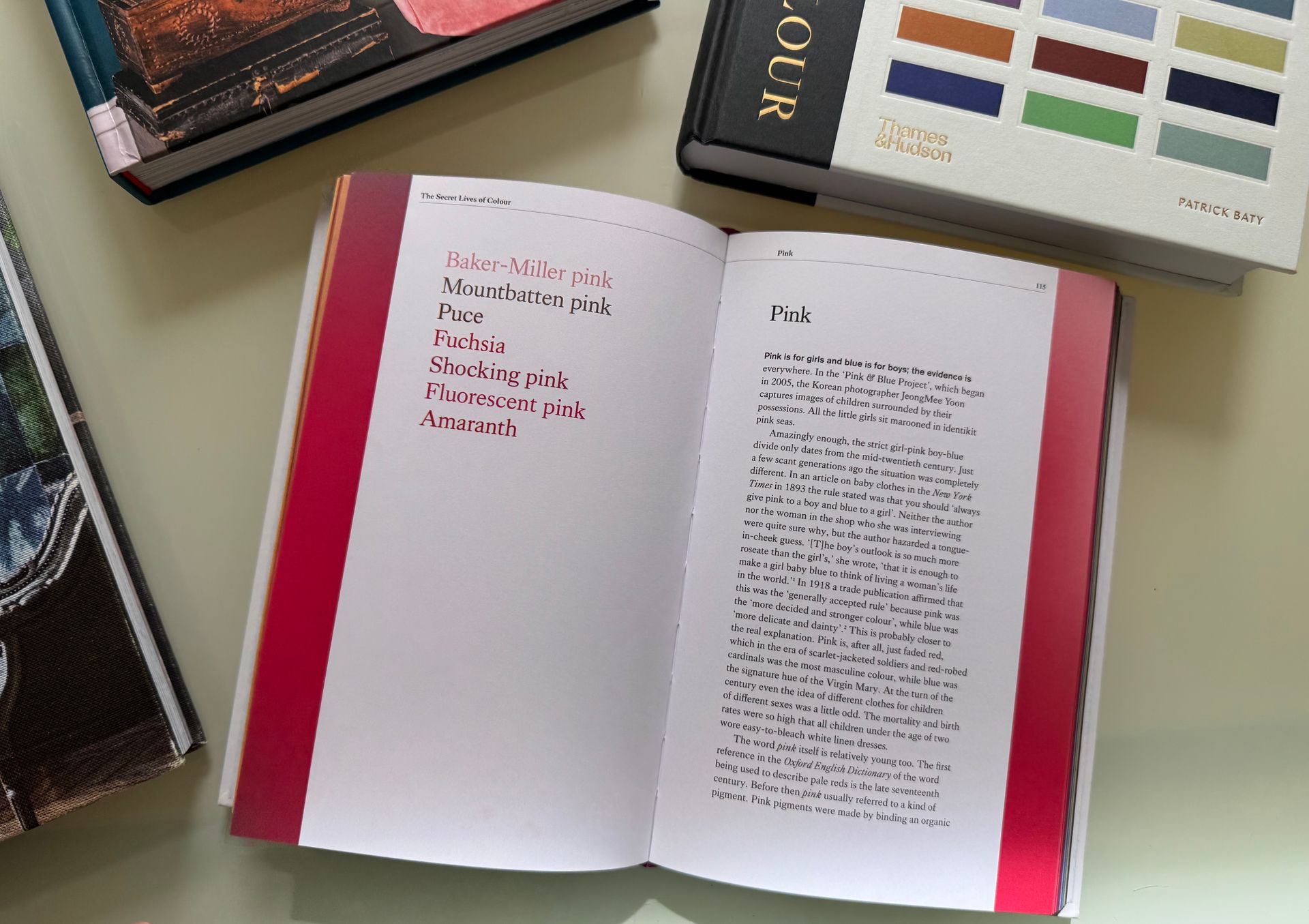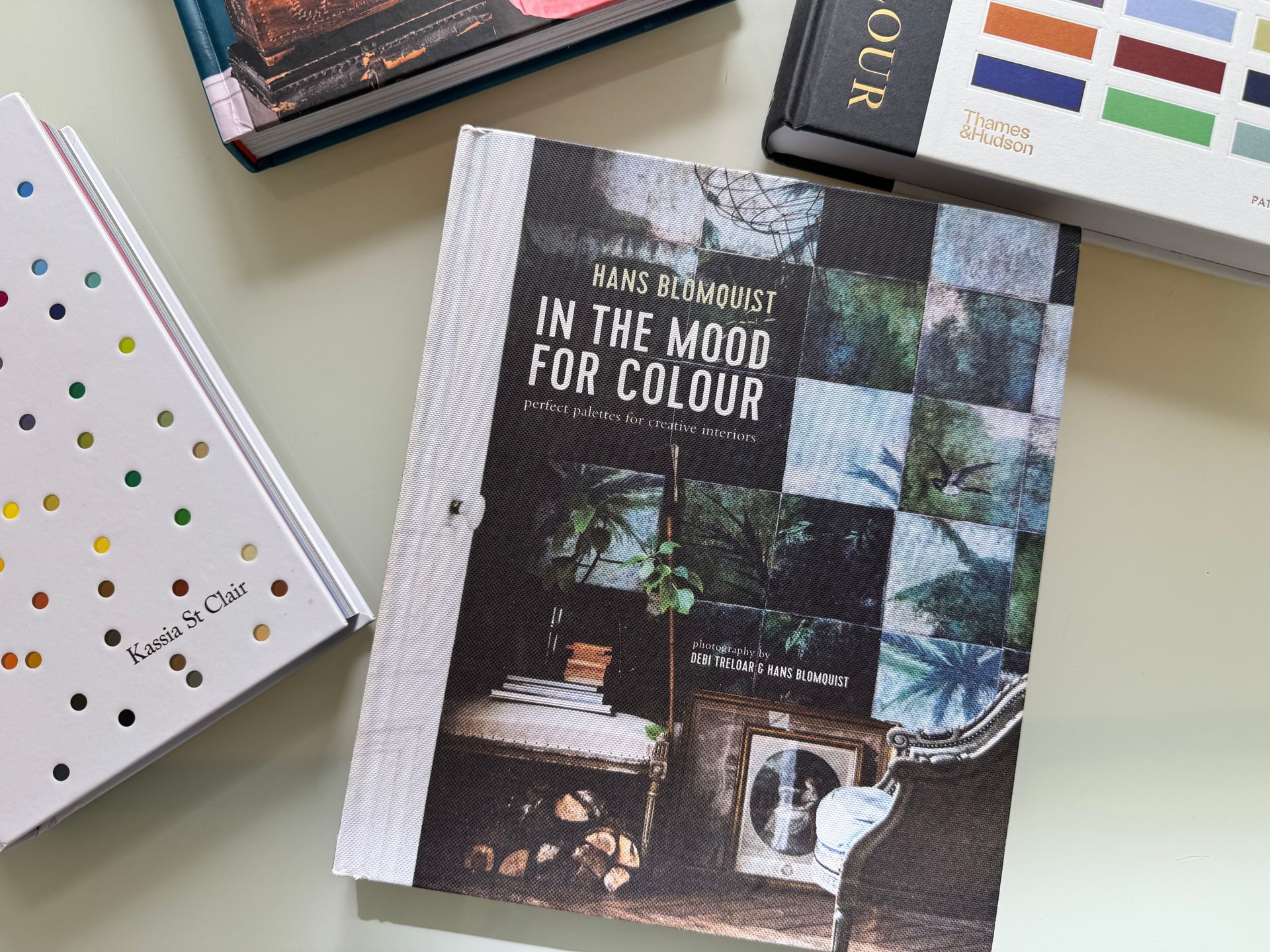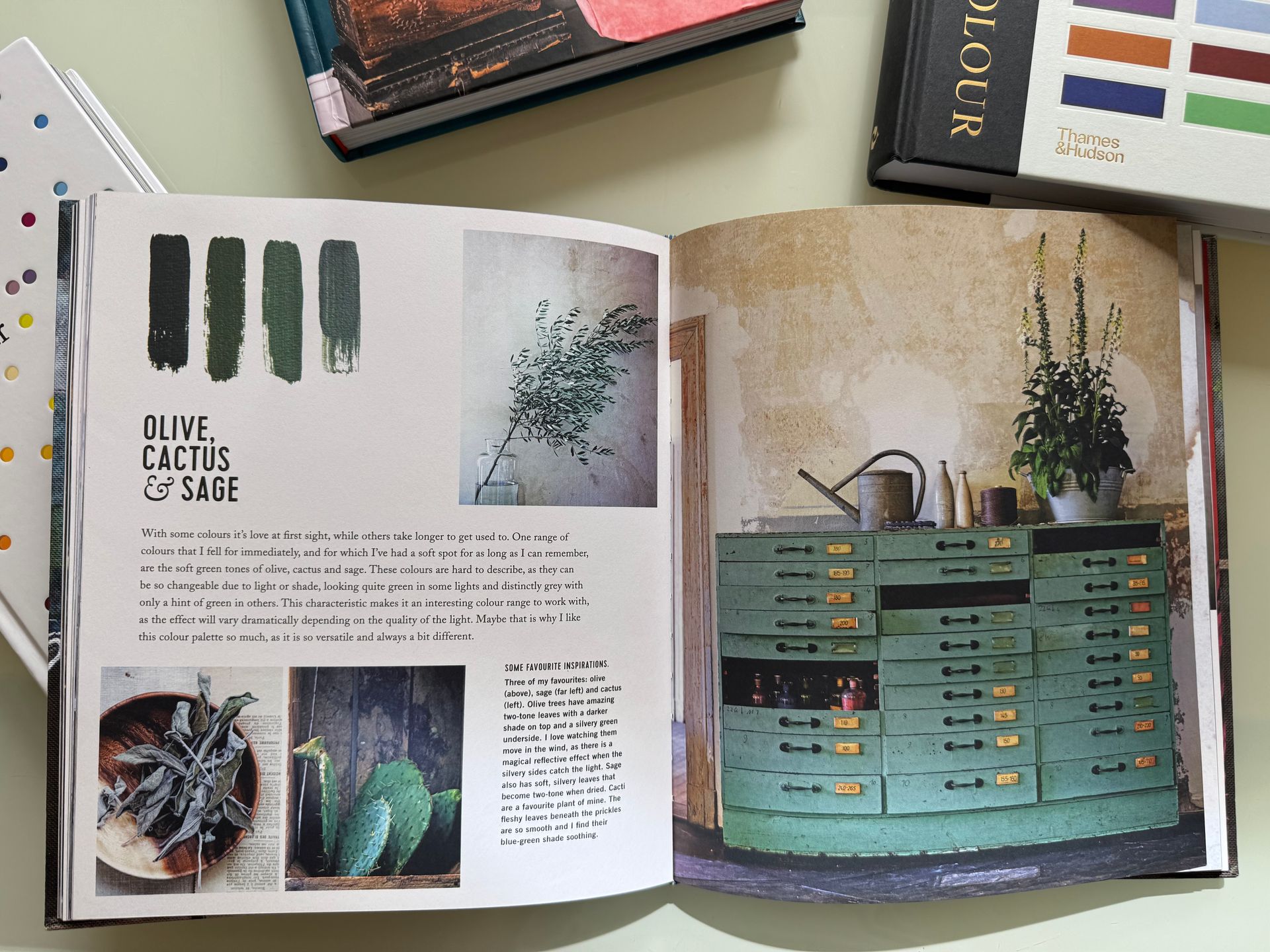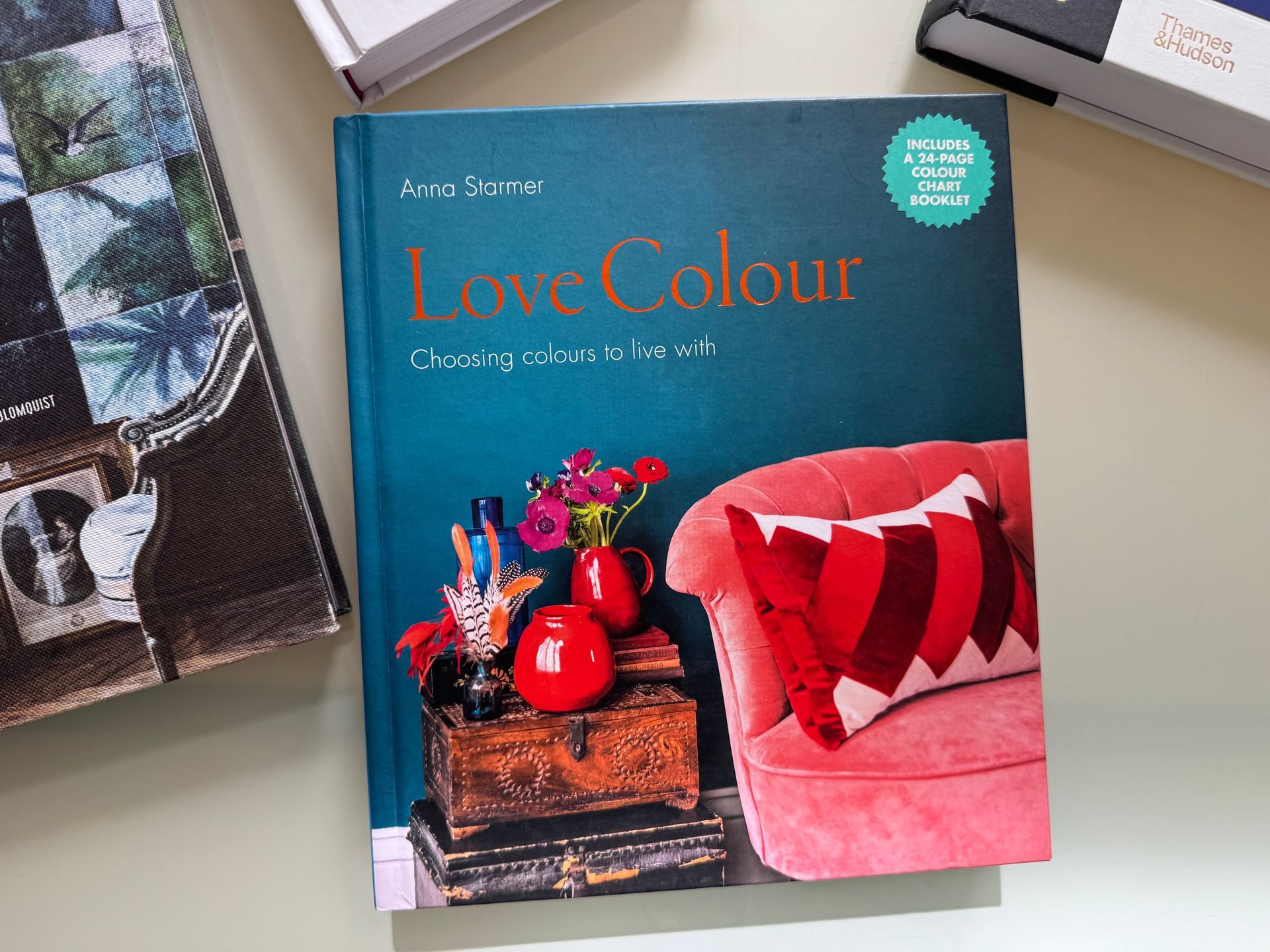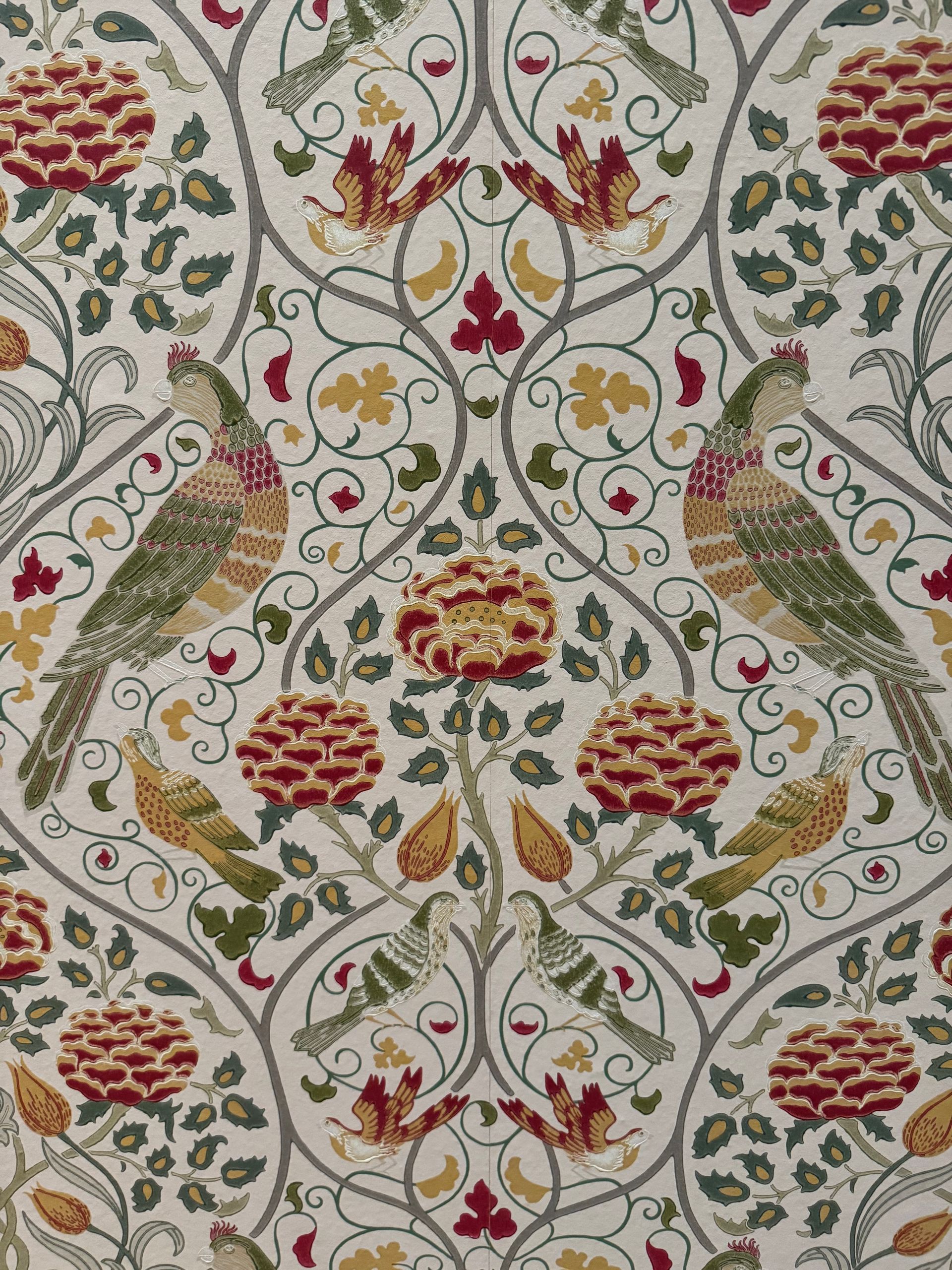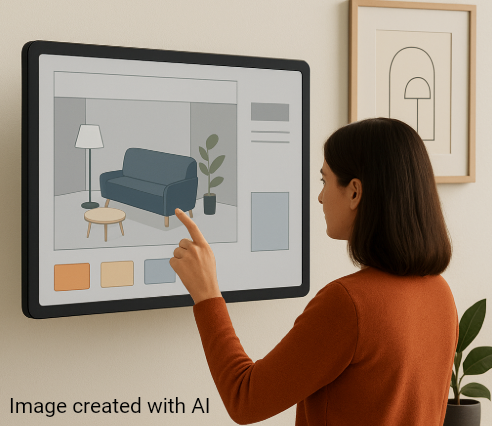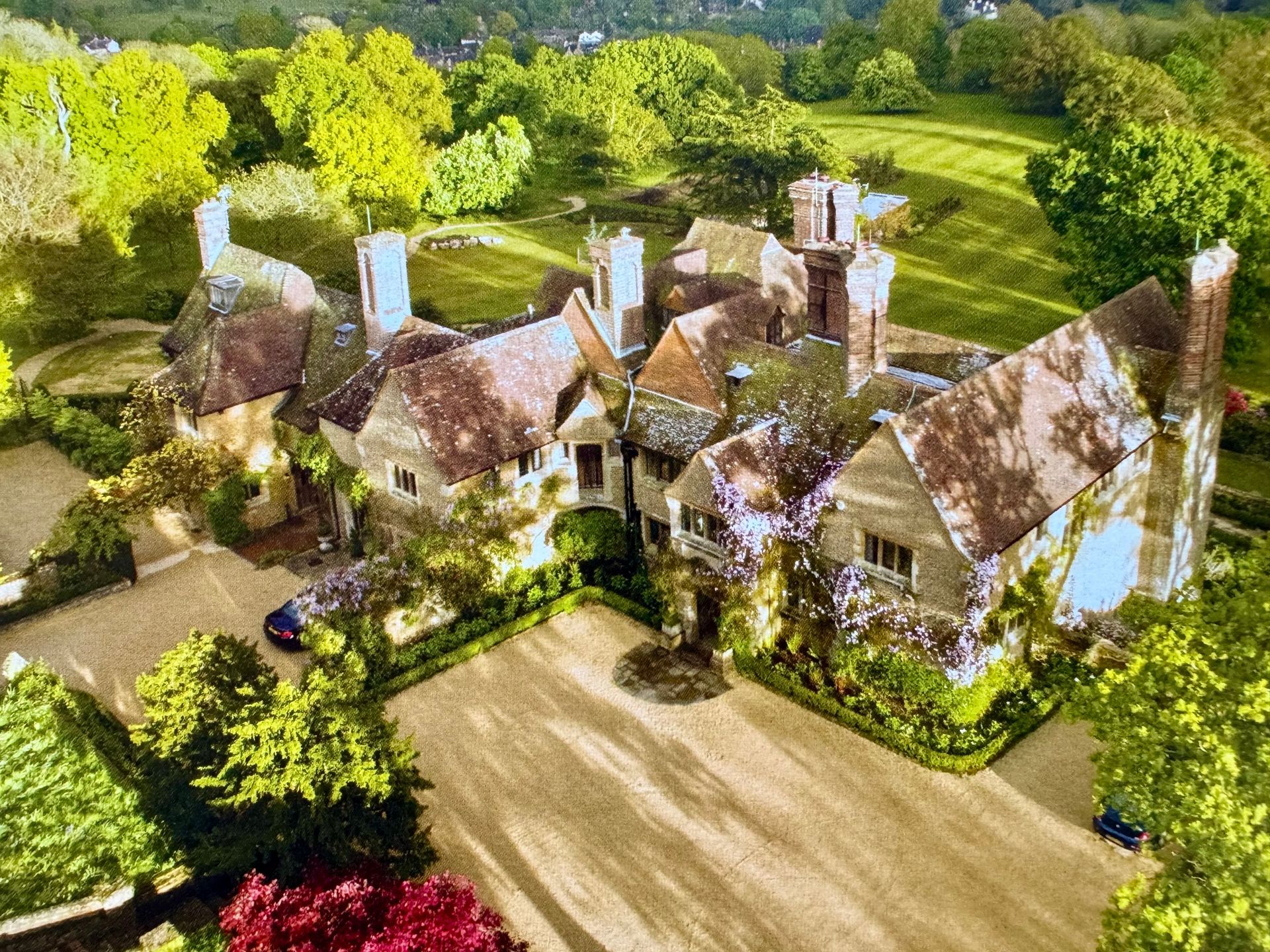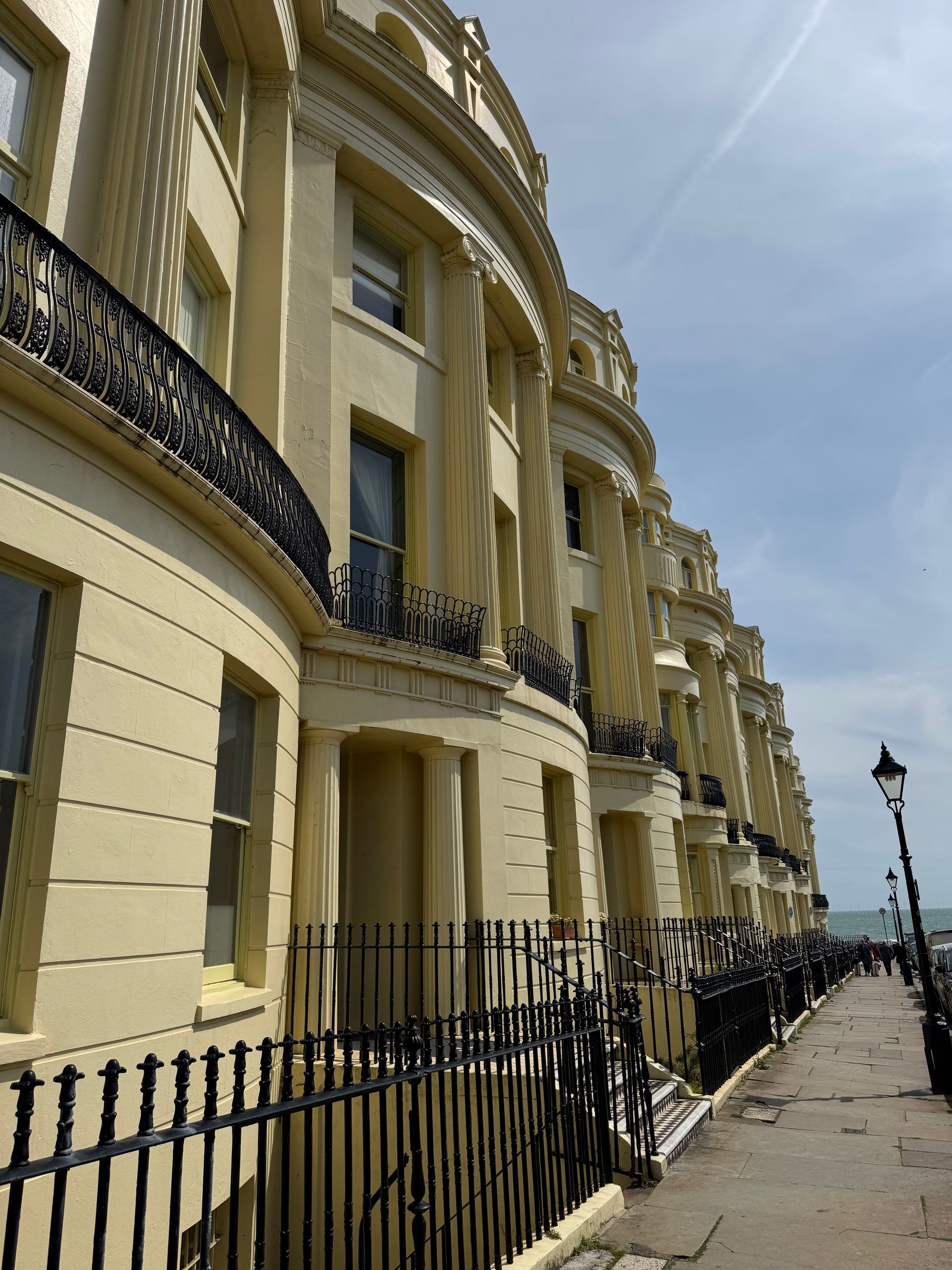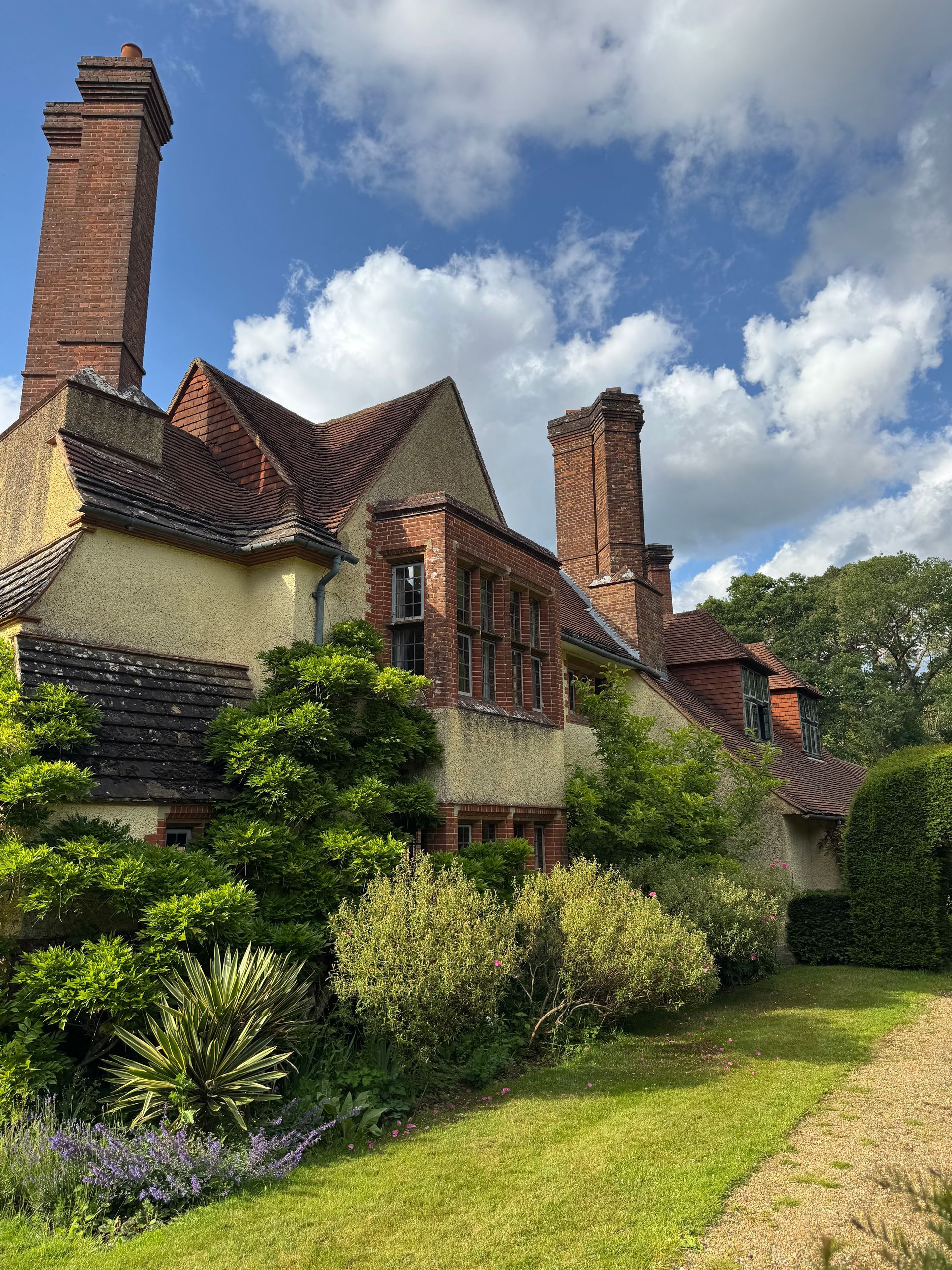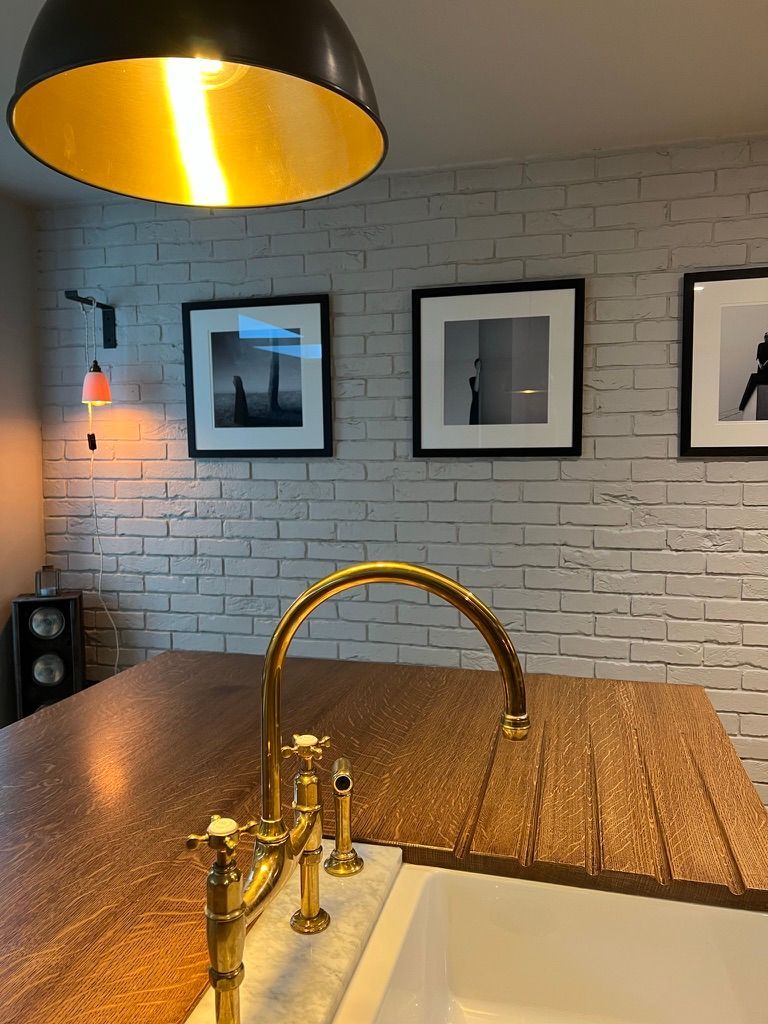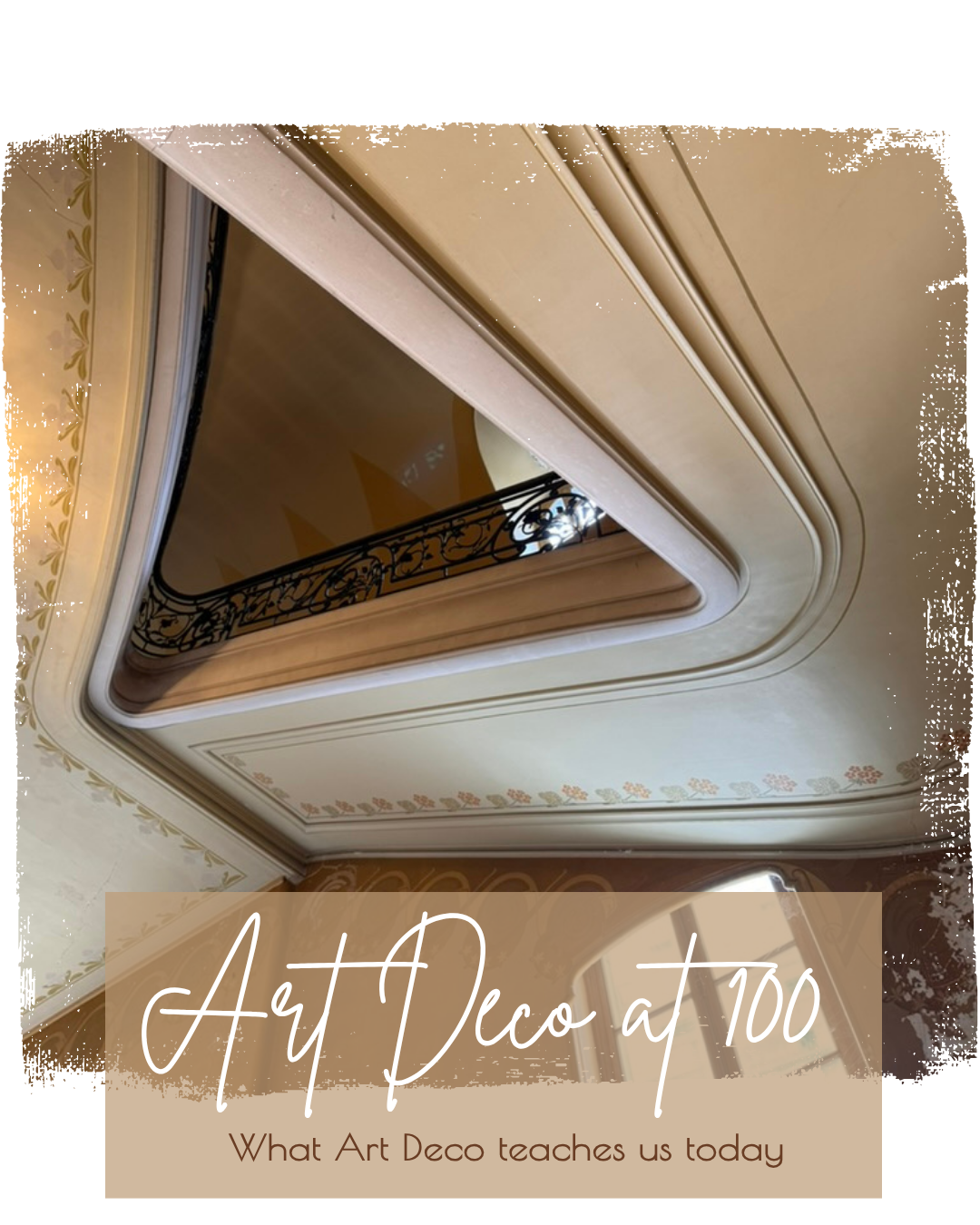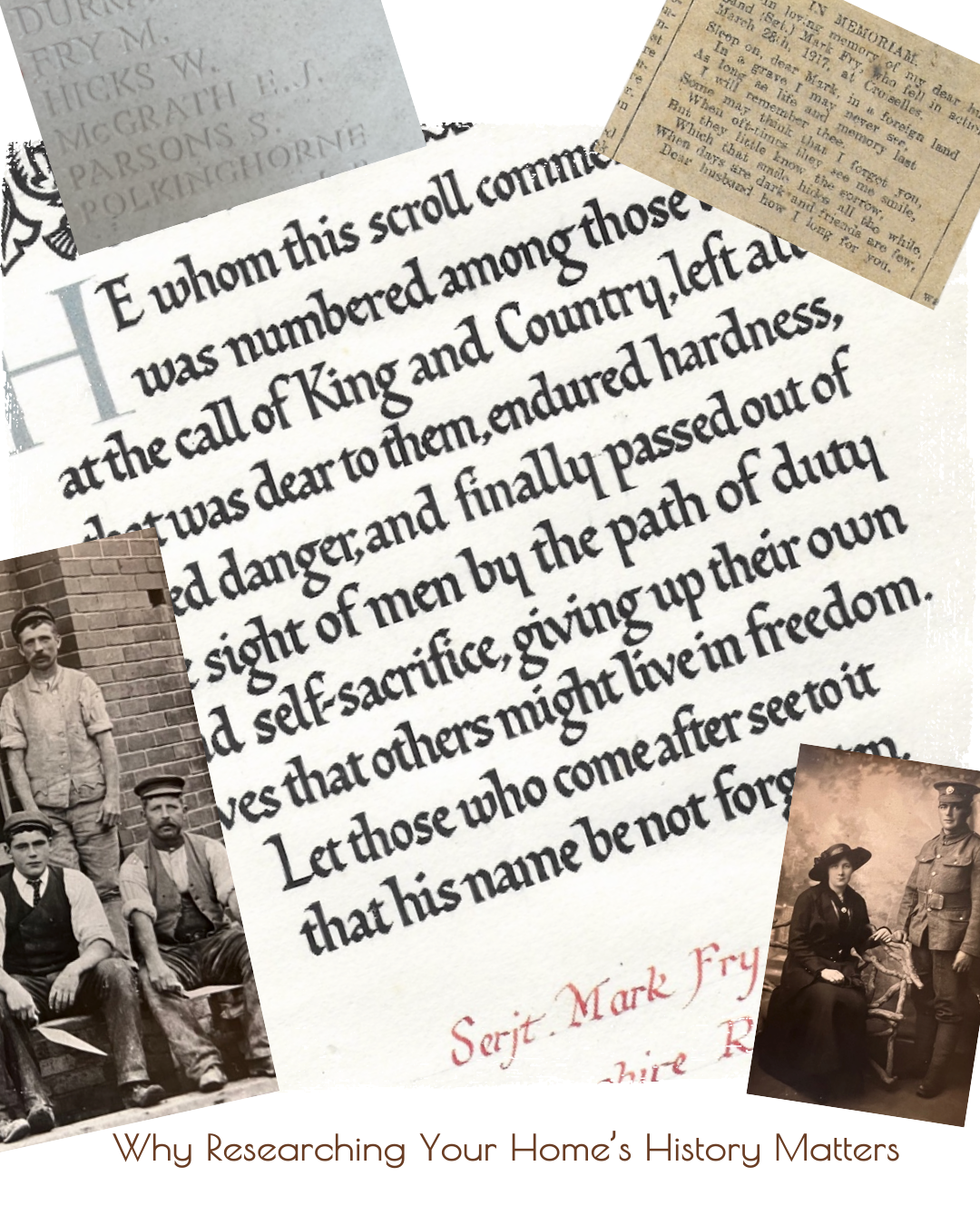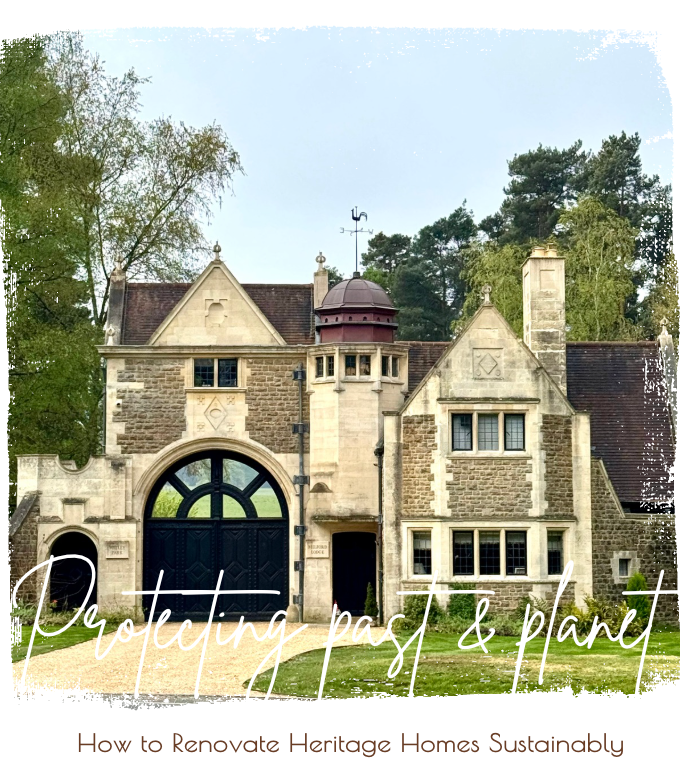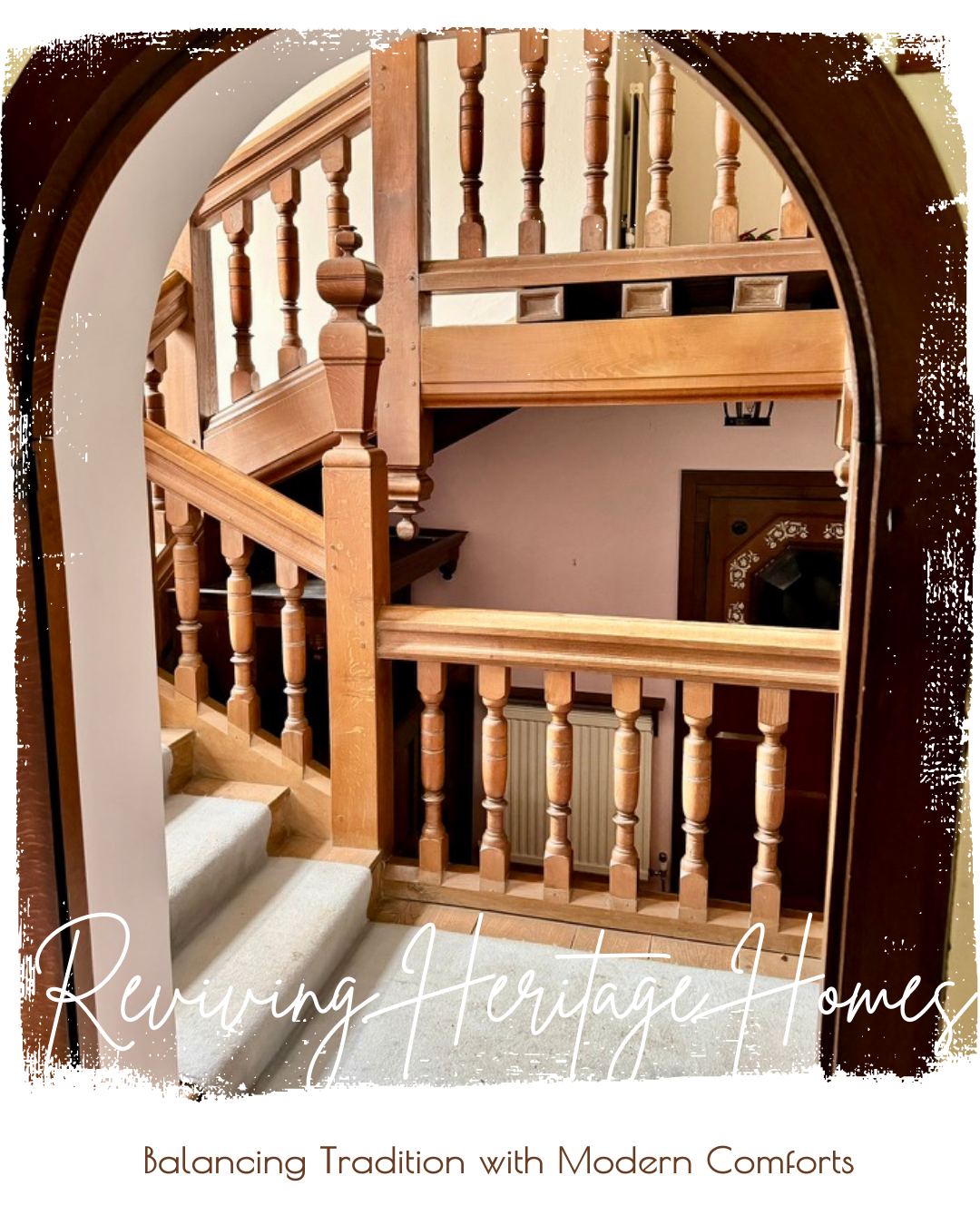When you step into a room, what’s the first thing you observe? Quite often, it’s the colour. The strange thing is that although the sense you initially use is vision, it’s how a colour makes you feel that’s important. Colour sets the tone and the emotional response.
I’m not going to get all New Age about this. In fact, I’m going to take you on a little history and science tour.
Let’s start with Sir Issac Newton. He understood that without light colour wouldn’t exist. In the 1660s, he demonstrated that while light might look white, it is in fact made up of a spectrum of seven colours. Shine sunlight through a prism and a rainbow appears, splitting light into its component parts.

